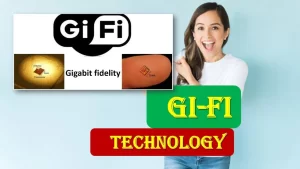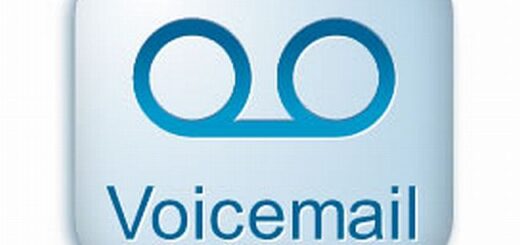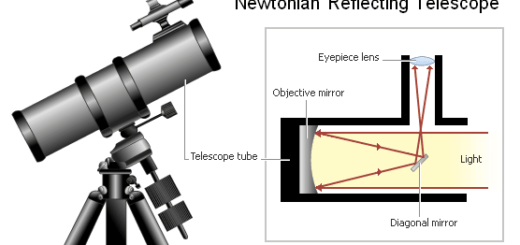Gigabit Wireless File Transfer, GIFI review, speed, use, advantages and disadvantages
GiFi, short for Gigabit Wireless Fiber, might sound similar to the popular GIF format, but it’s a whole different beast. GiFi boasts theoretical speeds of up to 12 Gigabits per second, which is like downloading an entire season of your favorite show in the blink of an eye.
Gi Fi
GiFi, which stands for Gigabit Wireless File Transfer, is a wireless technology that uses the 60 GHz millimeter wave (mmWave) band to transmit data at high speeds. It is an alternative to traditional Wi-Fi. GiFi is used to refer to high-speed internet access, though it’s not an official technical term.
GiFi‘s low latency makes it a real-time rockstar. Whether you’re having a virtual reality dance party with friends across the globe or attending a live concert from your living room, GiFi keeps the action smooth and seamless.
If you worry about prying eyes and stealing your data, GiFi‘s got your back. Its high-frequency millimeter waves are tougher to intercept than traditional Wi-Fi signals, making it a security superstar for transmitting sensitive information.
Unlike its superhero powers in other areas, GiFi‘s signal can’t quite pass through walls like X-ray vision. Physical obstacles like walls and furniture can disrupt the connection, so keep those devices close for optimal performance.
While still in its early stages, GiFi is paving the way for a future of lightning-fast and super-responsive internet. Imagine holographic meetings, immersive virtual experiences, and instant global data sharing – GiFi is making it a reality!
GiFi might be a newcomer, but it’s packing some serious punches in the world of internet connectivity. With its mind-blowing speeds, low latency, and enhanced security, GiFi is a technology to watch (and experience) in the years to come!
Gi-Fi vs Wi-Fi vs LiFi vs Mi-Fi
GiFi, which stands for Gigabit Wireless Fiber, is a wireless networking technology that uses millimeter waves (mmWave) in the 60 GHz band to transmit data at high speeds. It has the potential to offer faster speeds and lower latency than traditional Wi-Fi, making it a promising technology for applications such as virtual reality, augmented reality, and high-speed data transfer.
Wi-Fi is a wireless network, It is commonly used for local area networking of devices and Internet access, allowing nearby digital devices to exchange data by radio waves. Wi-Fi allows devices such as computers, mobile devices, and other equipment (printers and video cameras) to interface with the Internet, and exchange information.
Li-Fi is a wireless technology that uses visible light to transmit data wirelessly. It can reach speeds up to 100 Gbps, significantly faster than Wi-Fi. Light doesn’t penetrate walls, making data transmission more secure. It is not affected by radio waves, making it ideal for crowded environments. LEDs used for transmission are energy-efficient.
MiFi provides internet access anywhere you have cellular coverage. It is a portable device that creates a Wi-Fi hotspot using cellular data, It connects many devices like laptops and smartphones, It fits in a pocket or bag for easy travel.
Advantages of GiFi
GiFi can theoretically reach speeds of up to 12 Gbps, which is significantly faster than Wi-Fi, which typically caps out at around 1 Gbps. This makes GiFi ideal for transferring large files, such as videos and photos, or for streaming high-quality video content.
GiFi has lower latency than Wi-Fi, meaning there is less delay between sending and receiving data. This makes GiFi a good choice for applications that require real-time responsiveness, such as online gaming and video conferencing.
GiFi can offer theoretical speeds, This makes GiFi ideal for applications that require a lot of bandwidth, such as streaming high-definition video or downloading large files. GiFi uses mmWave, which is a higher frequency than Wi-Fi. This makes it more difficult to intercept GiFi signals, which can help to improve security.
Disadvantages of GiFi
GiFi signals have a shorter range than Wi-Fi signals. This means that GiFi devices need to be closer together to maintain a connection. GiFi signals can be blocked by obstacles such as walls and furniture. This can make it difficult to get a good signal in some areas. GiFi devices are currently more expensive than Wi-Fi devices. GiFi is not as widely available as Wi-Fi. This can make it difficult to find devices and networks that support GiFi.
You can follow science online on YouTube from this link: Science online
You can download the application on Google Play from this link: Science online Apps on Google Play
WiFi, Mi-Fi devices, Advantages of using a portable Wi-Fi Router and How Portable Wi-Fi Routers Work
Li-Fi importance, Li Fi vs Wi Fi, What is LiFi used for?, Difference between Mi-Fi and Li Fi
Li-Fi (Light Fidelity) review, use, advantages, disadvantages and Is LiFi better than WiFi?
MiFi Devices or Mi-Fi hotspots importance, Difference between Mi-Fi & Wi-Fi
What is a MiFi?, Portable Wi-Fi hotspot, Mi-Fi devices advantages & disadvantages
Wi-Fi health dangers and the radiation health effects of routers at home
Mobile Wi-Fi Hotspot features, types, uses and advantages
Mobile Wi-Fi Hotspot, Public Wi-Fi risks and disadvantages




